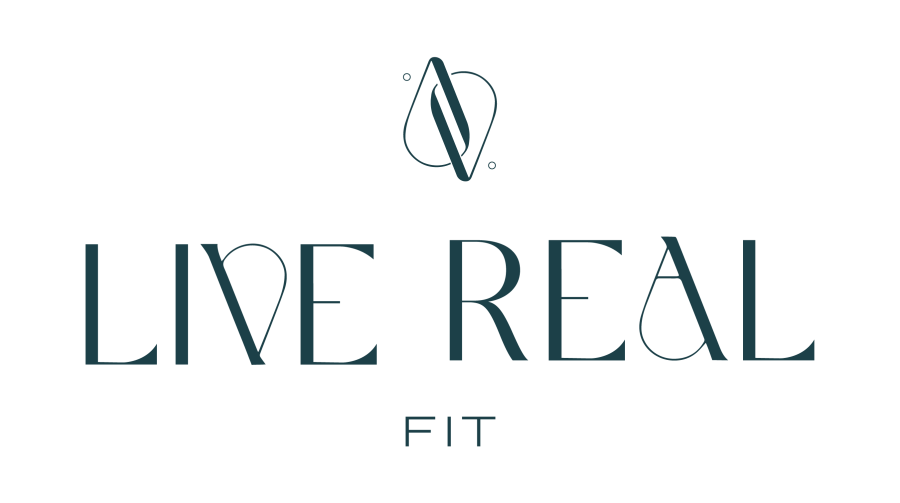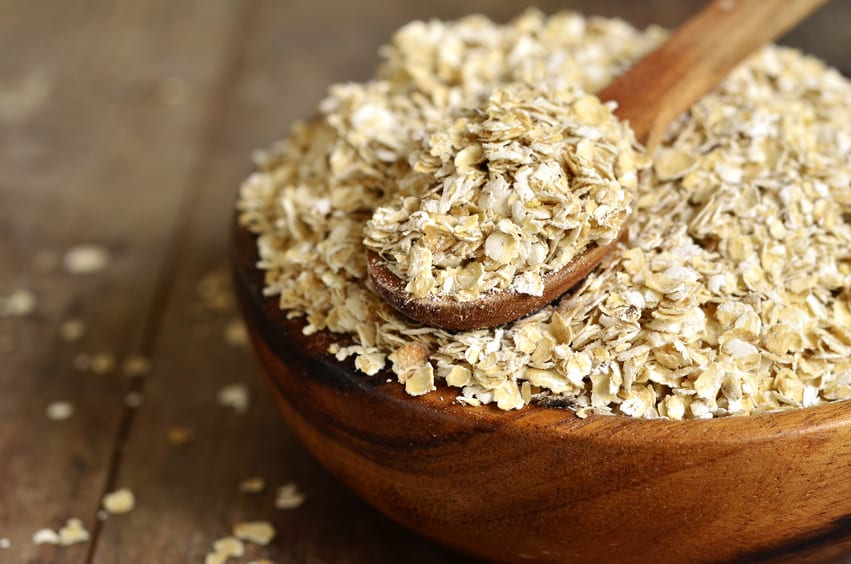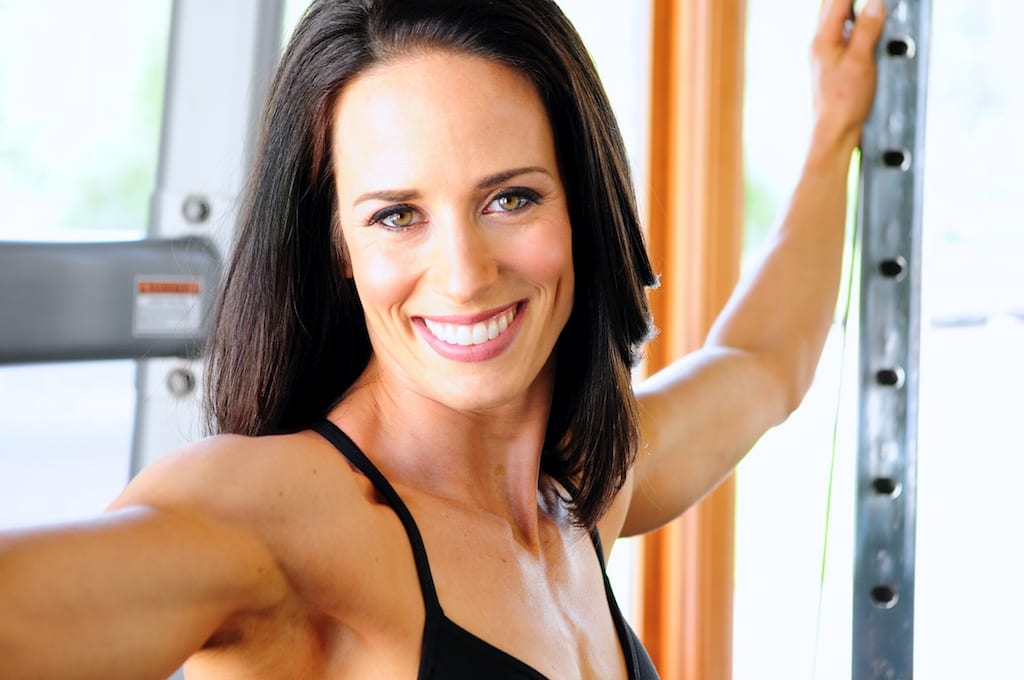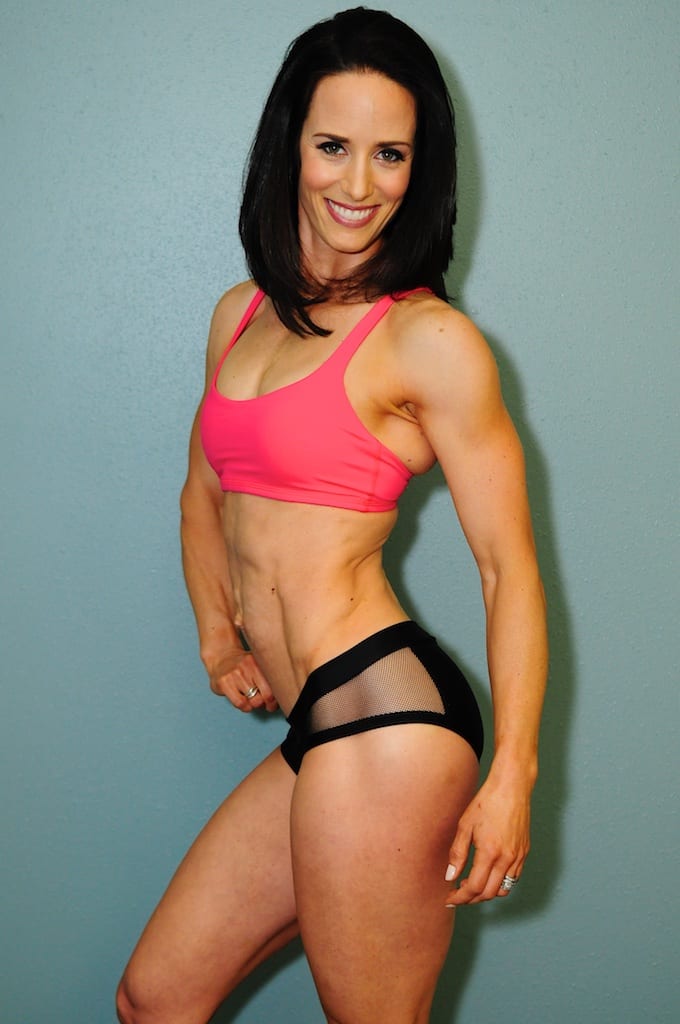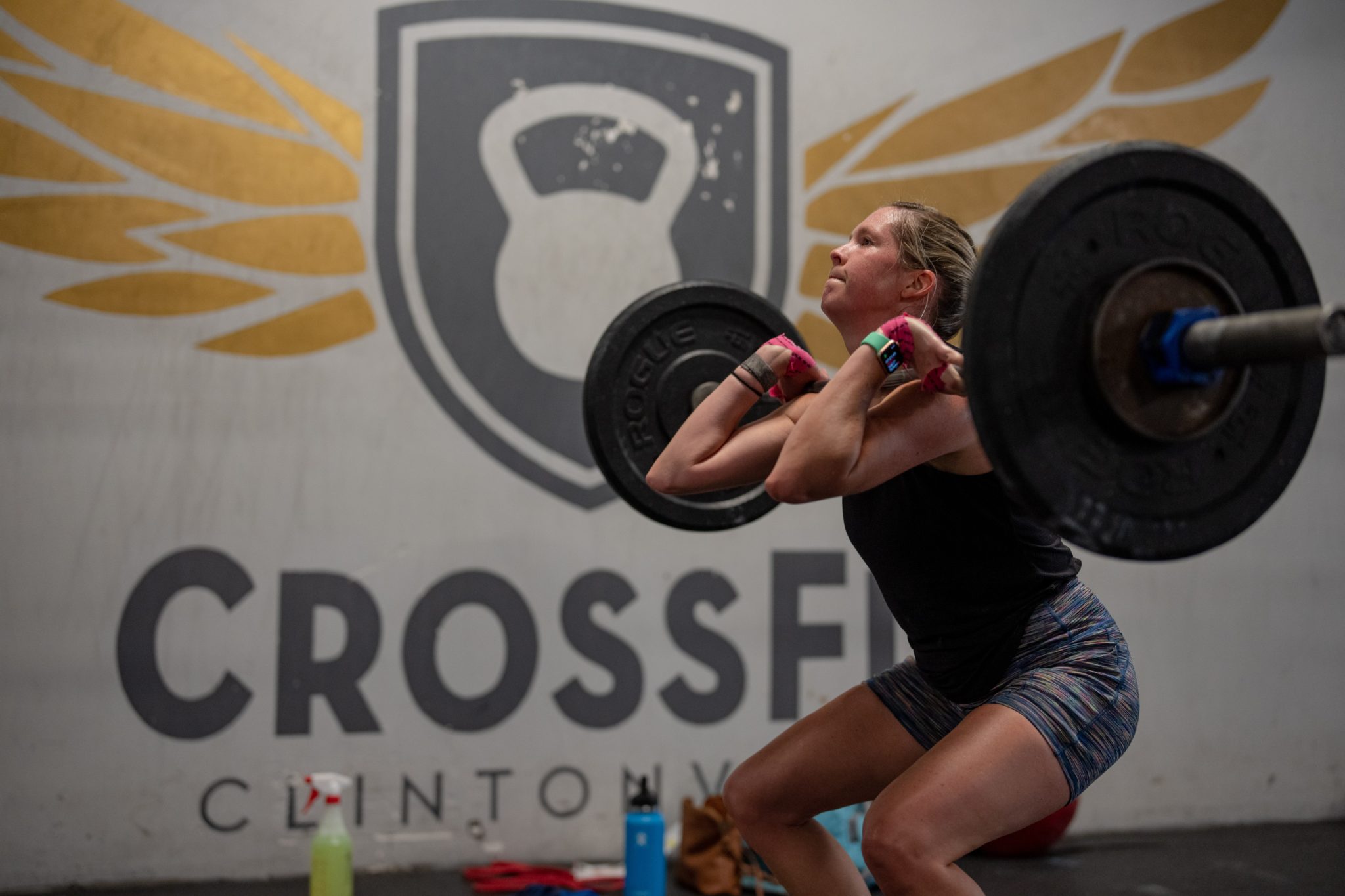Have you ever wondered if squatting is actually good for you? We see people hit the squat rack all the time but what if they are actually hurting themselves in the long run? You may have even heard advice about being careful not to squat too deep because you might damage your knees. Or not to squat too heavy because it’s not good for your back. So many opinions on squatting are a result of a bad personal experience that lacks true validity. What is the actual truth about squatting? Is it good for you or will it merely break down your joints at a faster rate and leave you crippled in your old age?
Well if you know me at all you know that I am a big fan of performing compound lifts, including squats, as part of a well-rounded weight lifting program. That being said, although my personal methodologies are rooted in science-based practice, I thought I would give you more than just my personal opinion and provide you with true evidence on what why squatting is so beneficial for us all.
Why Squat?
The squat movement is essential for so many of the activities we do on a daily basis. Try going to the bathroom, sitting on the couch or even getting work done at your desk without squatting. Add to that any kind of sporting activity you might like to do or lifting that Amazon box that just got delivered to your house. Developing a competence in performing the squat movement is not only essential for effectively participating in recreational sport and exercise but also for maintaining strength and mobility as we age [1].
I totally get it. No one likes to think about aging. But the truth of the matter is that muscle breaks down as we age. Developing strength with functional movements like the squat helps improve quality of life and your ability to perform daily activities while maintaining independence. It might be a little harsh but as Mark Rippetoe puts it…” strong people are harder to kill and more useful in general”. Doing your squats isn’t just about looking good in a bikini. We’re talking about setting yourself up for a long, happy, healthy and active life well into your elderly years.
Squats are a staple movement performed in many exercise programs. It is a compound movement that involves a variety of large and small muscle to perform. There are many benefits to performing compounds lifts that I have talked about in a previous post. Not only do squats assist with the physical changes and attributes you might be looking for…did someone say booty gains? But, more importantly, squatting is a fundamental movement pattern that, performed safely and effectively, will improve strength and build your resilience to potential injury [1].
Don’t be afraid.
“Squatting isn’t good for your knees”. “My knees are bad, I can’t squat”. I’ve heard these kinds of comments many times from countless different people. Maybe you have even said them yourself. I can understand how it might appear that squatting is meant only for the young and healthy. All that heavy weight on your shoulders then going all the way down to the floor and back up…that can seem rather intimidating not to mention crazy hard. That kind of heavy load must put crazy amounts of strain on your joints and just can’t be good for you…right?
Wrong!
The fact of the matter is, that squatting is not only NOT BAD for you but it’s actually really beneficial and I might even say necessary. Deep squatting has been shown to be an effective training exercise for protection against injuries and strengthening of the lower extremity [2]. This in part relating to something called the wrapping effect. Which essentially just means that when you bend the knee past 90 degrees the knee is more supported. The load placed on the knee is better distributed as well as the force transfer throughout the knee. Not only that but performing half squats (squats performed between 80-100 degrees of knee flexion) are not recommended due to creating higher compression and stress through the knee. In fact, the compressive forces are highest at 90 degrees of knee flexion [2]
In addition, deep squatting does not contribute to increased injury of the passive structures of the knee [2]. These would include your ligaments, tendons, meniscus, and cartilage. In fact, positive adaptations such as larger, thicker ligaments, have been seen in those who perform squats. Deep heavy squatting below parallel has been shown to make all structures of the knee stronger [2].
Load it up!
The body has an amazing way of responding to loads. At the cellular level, we are able to sense and respond to forces applied to the body. A physical stimulus, or load, applied to one cell becomes a stimulus in surrounding cells and beyond [3]. Our bodies cellular response to this is to remodel and become stronger! Increased loading leads to positive adaptations that are protective to degenerative changes of the knee such as arthritis, meniscus and cartilage damage. Years of strength training in full ranges of motion utilizing correct movement patterns result in functional adaptations of the articular cartilage and meniscal tissue [2]. Therefore, the more you squat, the more injury resistant your knee becomes. Ultimately, not only is it safe for you to perform squats but it may actually be necessary to prevent injury and allow for a healthy seamless move through your decades of life.
Now that you are armed with all of these good science knowledge bombs…grab a barbell and go do some heavy deep squats like your life depended on it!
Xx
Allison
Works Cited
| [1] | H. Hartmann, W. Klaus and M. Klusemann, “Analysis of the Load on the Knee Joint and Vertebral Column with Changes in Squatting Depth and Weight Load,” 2013. |
| [2] | G. D. Myer, A. M. Kushner, J. L. Brent, B. J. Schoenfeld, J. Hugentobler, R. S. Lloyd, A. Vermeil, D. A. Chu, J. Harbin and S. M. McGill, “The back squat: A proposed assessment of functional deficits and technical factors that limit performance.,” vol. 36, no. 6, 2014. |
| [3] | S. L. Dunn and M. L. Olmedo, “Mechanotransduction: relevance to physical therapist practice-understanding our ability to affect genetic expression through mechanical forces.,” Phys Ther, pp. 96:712-712, 2016. |
